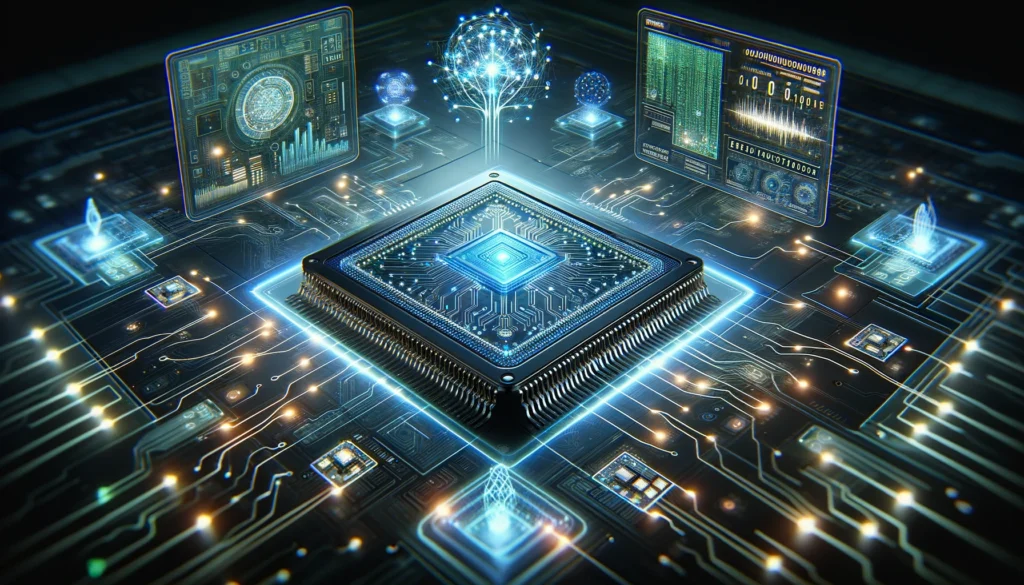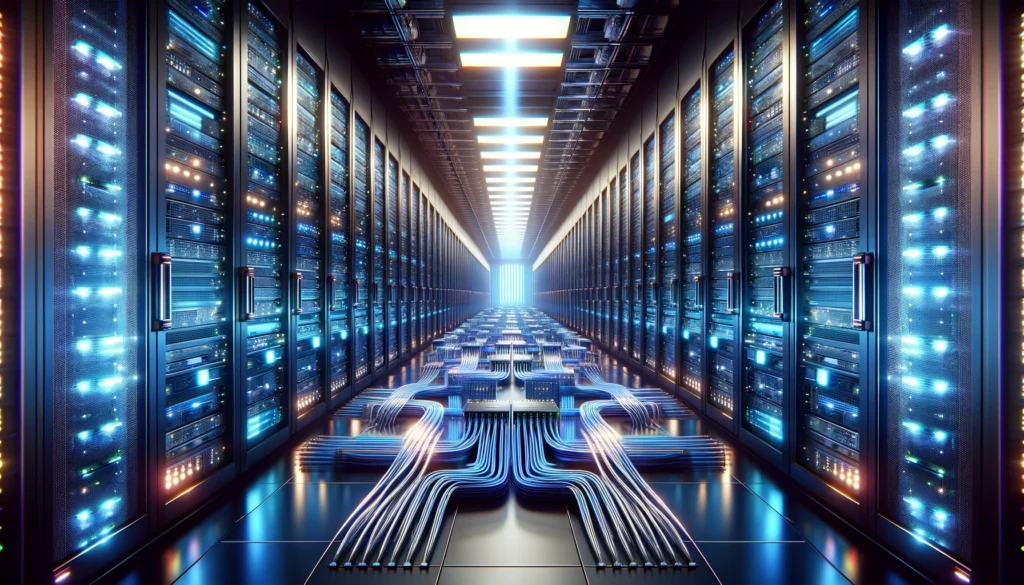- By quade
- 20 March 2024
Nvidia CEO Plans on Creating New AI Chips
With all the advancements in artificial intelligence (AI) processing and technology, there also comes a need for hardware to level up to keep up with these technological developments. This is where Nvidia comes in, one of the leading GPU creators who has played an instrumental role in the AI boom of this year.
They understood the need for better devices to power AI tools and last Monday, their CEO Jensen Huang announced their response to this challenge. During their developer conference in San Jose, Nvidia announced their plans to develop a new generation of AI chips that will cement their role as the go-to place for AI hardware.
For businesses, this is a promising development as the creation of better AI chips can pave the way for the development of better tools and innovative ideas that can help you run your company.
The Success of Nvidia

Since the AI boom last year, Nvidia has positioned itself as one of the major players in the industry. Since the launch of ChatGPT in 2022, Nvidia’s share price has gone up five times and total sales have tripled. The reason for that is due to the high-quality GPU servers that they create which play an essential role in powering, training, and deploying AI models.
Major companies like Microsoft, Meta, and others have spent billions buying GPUs for their growing AI tools. For smaller businesses that have begun to invest in AI, GPUs are the backbone of their services. Without it, there will be few things that can power AI. The problem with increased AI development is that newer models require more powerful GPUs to handle their requirements.
So far, the current line of “Hopper” H100s chips remains popular with many companies scrambling to get them, but Nvidia CEO Jensen Huang believes they may become outdated.
“Hopper is fantastic, but we need bigger GPUs,”
-Jensen Huang, Nvidia CEO.
The Blackwell Line
This new line of AI processors has been nicknamed Blackwell and the chip is called GB200. The first of these is expected to ship out this year. So far, Nvidia has been talking up the capabilities of these new chips to spur demand.
Many companies are still in need of chips, even the older H100s, so this announcement will provide you with the opportunity to upgrade your AI toolkit.
This comes at the two-year mark of Hopper’s release, putting it on schedule with Nvidia’s expected GPU updates. They claim that the GB200 will provide a huge performance boost for AI upgrades. This is because Nvidia executives believe the company is becoming more reputed and works with large companies to build software.
“The sellable commercial product was the GPU and the software was all to help people use the GPU in different ways. Of course, we still do that. But what’s really changed is, we really have a commercial software business now. If you’re a developer, you’ve got an interesting model you want people to adopt, if you put it in a NIM, we’ll make sure that it’s runnable on all our GPUs, so you reach a lot of people,
-Manuvir Das, VP of Nvidia.
Upgrades of Blackwell
The biggest change with Blackwell is that it contains 20 petaflops in AI performance, compared to 4 petaflops for the H100. The additional petaflops allow AI companies to train more sophisticated models. This will provide businesses with better tools to enhance their services.
The Blackwell GPU combines two separately manufactured dies into one chip. Both of these are created by TSMC and are available on the server GB200 NVLink 2. This setup combines 72 Blackwell GPUs and other Nvidia parts which will handle training AI models.
GB200 will be sold through major companies like Amazon, Google, Microsoft, and Oracle. The GB200 combines a duo of B200 Blackwell GPUs alongside an Arm-based Grace CPU. Nvidia announced that Amazon Web Services intends to construct a server cluster featuring 20,000 GB200 chips.
According to Nvidia, the new system can utilize a model containing 27 trillion parameters, making it larger than even GPT-4, which is reported to have 1.7 trillion parameters. There is a widespread belief among researchers in artificial intelligence that larger models incorporating more parameters and data could have more uses.
Specific pricing details and the systems operations have not yet been revealed. However, estimates from analysts indicate that Nvidia’s H100, based on Hopper architecture, ranges between $25,000 and $40,000 per chip, with entire systems costing up to $200,000.
Announcement of NIM

Accompanying this new line is a revenue-generating software called Nvidia Inference Microservice or NIM. Nvidia believes this will simplify the process of employing AI and make Nvidia more desirable compared to its competitors.
NIM facilitates the use of older Nvidia GPUs, allowing companies to use their existing pool of GPUs for ongoing operations. These will require less computational resources compared to training AI models so by using this system, companies can independently use their own AI models instead of having to rely on OpenAI.
This service is expected to cost around $4,500 per GPU annually for licensing. To accomplish this, Nvidia has partnered with other AI companies like Microsoft or Hugging Face to ensure they are tuned to run on Nvidia chips. This makes it more accessible for your business to use NIM as it can run on their servers or cloud-based Nvidia servers without lengthy configuration.
The geniusOS team has been following this development later and if it proves to be as promising as Nvidia claims, we may sign up to take advantage of these improved AI systems. If you want to learn more or ask how we handle AI tools, you can find our contact information here.



